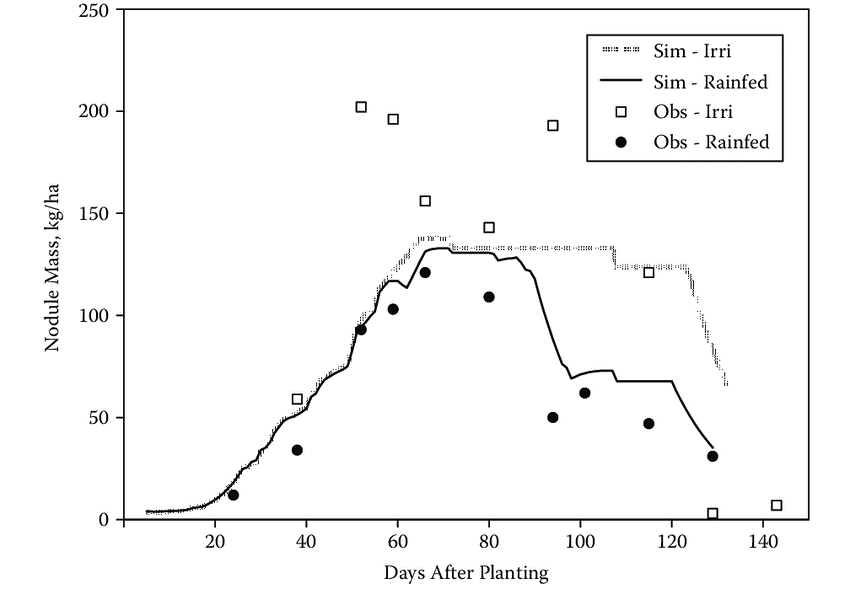As producers strive to increase soybean yields, research into adopting high yield strategies shows promise. In recent years, the most consistent results in achieving high yields have been attained when a season-long approach to soybean management was used in conjunction with a starter fertilizer application.
In an in-furrow row starter, both phosphorus and potassium greatly influence soybean development. Phosphorus helps to stimulate early root growth and development, and potassium has been proven to enhance nodulation and increase nitrogen fixation in the nodules. Potassium has also been shown to increase leaf size and the total leaf area.
Nitrogen is typically added to the formulation in small amounts to aid in the uptake of other nutrients. The addition of micronutrients, such as manganese, has also shown positive results when added to a starter application. It is essential that the starter has a low salt index. Soybean seed is especially sensitive to salt injury, with a high likelihood of burn if an incorrect starter or too much starter is placed in-furrow.
The combination of these plant nutrients in a starter application benefits soybean yield potential in many ways:
- Increased root mass helps in utilizing more of the nutrients and water present in the soil profile, leading to more vigorous early season growth.
- Increase in root mass can also aid in earlier establishment of nodules.
- Greater early season growth, along with larger leaf area from potassium, results in greater light interception.
- More light interception leads to an increase in photosynthesis and thus, more carbohydrate production.
- Carbohydrates are the carbon currency the soybean plant uses in exchange for nitrogen in its symbiotic relationship with rhizobia bacteria in the nodules.
- An increase in growth and leaf area also has the benefit of quicker canopy closure, helping in weed suppression and reducing evaporation from the soil surface.
Once plants reach the V4-V5 stage, performing a tissue test will help diagnose what additional nutrients the crop needs. Nutrient deficiencies are often present before visual symptoms are observed. Tissue testing will identify what nutrients can be foliar-fed in a preventative or curative plan of action to maximize growth into the reproductive stages.
Following flowering, fewer carbohydrates are sent to the nodules and more are sent to the developing seed. As seed development progresses, nodulation decreases and will cease towards the end of the season (Figure 1). At the same time, nitrogen demand is increasing to support pod fill (Figure 2). A late season foliar application of nitrogen and reproductive micronutrients like boron should be considered to maximize pod fill. Slow release nitrogen applications near the R3-R4 growth stage have been proven to reduce pod abortion and increase yields.
Figure 1: Graph demonstrating nodule efficiency throughout the growing season. After about 80 days post emergence, nitrogen fixation by nodulation decreases. Observed data are from DeVries, et al. (1989a, 1989b)
Figure 2: Graph demonstrating nitrogen need throughout the growing season. After about 80 days post emergence, nitrogen need rapidly increases to support pod fill. Adapted from Ritchie, et al., 1982
By using high yield management strategies, including starter and foliar fertilizer applications, producers can greatly influence the yield potential and, ultimately, the profitability of their soybean crop.






 and then
and then